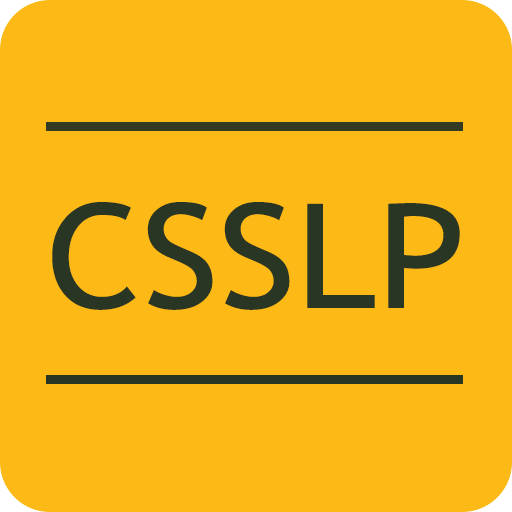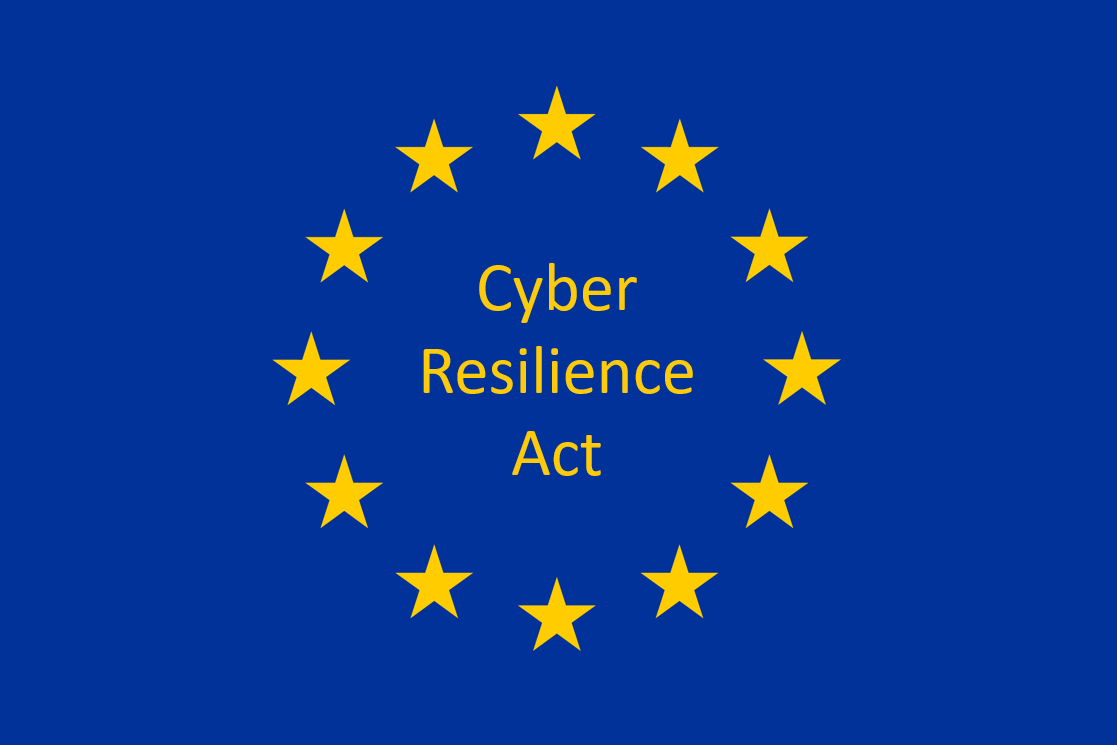Web developers are facing more and more cybersecurity challenges in their day-to-day work. As the complexity of Web applications grows, so does the need for robust security measures.
For developers looking to enhance their security skills or transition into cybersecurity roles, certifications can provide a structured path to gaining knowledge and credibility in the field. These two go hand in hand, even if we usually want to focus on gaining knowledge mostly. I am guilty of this as well.
In this article, we’ll explore key cybersecurity certifications that are particularly relevant for Web developers. We’ll focus on certifications that not only boost your resume but also provide practical skills for securing Web applications throughout their lifecycle.
Transitioning from Web Development to Cybersecurity
Making the move from Web development to cybersecurity involves more than just acquiring new technical skills.
It requires a shift in mindset, where security becomes a primary consideration rather than an afterthought: ‘Oh, I’ve forgotten to audit my npm‘, or ‘We have to fix this pentester’s requirement because apparently our form can be a source of vulnerability.‘ These are reductionist words, but I can say this because I worked exclusively in the Web development field for more than 12 years.
And there’s nothing wrong with having this mindset, because this is actually how most Web developers are learning the ropes.
Being Jack of All Trade’s Better than One
In the last year, there was a trend of hyperfocusing or hyper-specialization. While it’s okay at first to focus on one programming language at a time, or a specific technology aspect or flavor, learning the fundamentals of computer science in general, or more tailored to Web development, is more helpful in the long run. To be able to evolve, be that by advancing in role or side-stepping into other roles, fundamentals always help, and even if they change, nothing changes too drastically, but more the frameworks or flavours on top of it.
Having fundamentals never hurts.
Finishing college in 2012, if I remember correctly, I haven’t refreshed the networking aspect or the protocols of the internet for a very long time. The base is still there, and while protocols advance and cryptography evolves, some things remain the same. Having excelled in SQL databases in college and using them extensively in my projects, I can honestly say 12 years later that I am not afraid to touch databases or shape various logic. NoSQL, SQLite, MongoDB, the flavor on top changes constantly, but the base is still an accessible way of storing data, and until that changes, I don’t need to keep up constantly with the subject.
These examples go further, and while the JavaScript example is not as easy, when I first started, JS was only used to color menus or create dropdowns. After graduating, I heard about Angular for the first time, while the small company I joined still used jQuery. While nothing’s wrong with that, this example is on the wrong side, because it’s not the same JavaScript since then, it evolves along with its frameworks and libraries. With Angular, you kind of have to learn an entire domain’s worth of knowledge base, and with React, you had to go back to the JavaScript basics and learn it properly or again with its updates.
So overall, while flavors still change, some things remain the same, while in some areas they are drastically changing.
Or even emerging tech. No one would guess DevOps would be a thing in 2012.
Back to cybersecurity, the point remains the same: there are several basics and information that, once learned, will help in every other aspect of the tech world. The basics of malware types is one, attack vectors used by threat actors is another. Strategies for mitigation such as zero trust architecture may change, but the underlying aspect is mitigation, which never changes in cybersecurity.
Back to transitioning, the journey from Web developer to cybersecurity professional often begins with incorporating security practices into existing development work. As developers become more proficient in security concepts, they may find opportunities to specialize in areas such as application security, cloud security, or security architecture. As a further side step, developers can specialize in offensive security as well, for example as pentesters (Penetration Testers) or Red teamers.
The Value of Certifications in Cybersecurity
Certifications play a important role in the cybersecurity field(and in many) for several reasons. They provide a structured learning path, ensuring that professionals cover all essential aspects of a particular domain. This is important in tech, because we haven’t had that, most of old timers learned tech as a self learner. Me included, even though I learned in high school and colleague, the courses couldn’t keep up with the data, so in turn, we self learn.
For example, I wanted to become a Web deveveloper as soon as I graduate, only small issue was the only course for that was a ‘html, css, javascript‘ small course in year 3! Now I can only imagine if I would rely solely on that course. No, I took matter in my own hands and learned since high school web dev, and continued in colleague with personal project and freelance work. This is the value of certification, it helps you directly with your desired outcome.
For Web developers, certifications like the CSSLP can bridge the gap between development and security roles. They demonstrate to employers that a developer not only understands how to build applications but also how to secure them against potential threats.
They do offer a validation, and helps even if someone starts to develop own portofolio first.
CSSLP: The Cornerstone of Secure Software Development

The Certified Secure Software Lifecycle Professional (CSSLP) stands out as a the certification for Web developers venturing into cybersecurity.
This certification addresses security across the entire software development lifecycle, from requirements gathering to maintenance. It teaches developers how to incorporate security practices into their existing development processes.
CSSLP Overview
The CSSLP certification covers eight domains:
- Secure Software Concepts
- Secure Software Requirements
- Secure Software Design
- Secure Software Implementation/Programming
- Secure Software Testing
- Secure Lifecycle Management
- Software Deployment, Operations, and Maintenance
- Supply Chain and Software Acquisition
Obtaining the CSSLP Certification
To obtain the CSSLP certification, candidates must:
- Have at least four years of cumulative paid full-time professional experience in the SDLC in one or more of the eight domains.
- Pass the CSSLP exam, which consists of 175 multiple-choice questions to be completed in 4 hours.
- Agree to abide by the (ISC)² Code of Ethics.
- Complete the endorsement process.
The exam fee is $599 USD. Interested candidates can register for the exam through the official ISC website.
Preparation Resources
While preparing for the CSSLP exam, consider utilizing these resources:
- Official (ISC)² CSSLP Study Guide
- CSSLP All-in-One Exam Guide by Fernando Maymí
- CSSLP practice tests available on platforms like Udemy or Kaplan IT Training
- Online courses on platforms like Pluralsight or LinkedIn Learning
Practical Learning Tools
To supplement your CSSLP preparation and gain hands-on experience, consider using these tools:
- TryHackMe: Offers hands-on cybersecurity training with real-world scenarios
- HackTheBox: Provides virtual machines to practice penetration testing skills
- OWASP Juice Shop: Another purposefully insecure web application for security training
These platforms offer practical experience in identifying and mitigating security vulnerabilities, and I recommend TryHackMe as a great all-arounder.
Alternatives to CSSLP
While CSSLP is an excellent certification for secure software development, there are other valuable certifications that web developers might consider:
- CompTIA Security+
A broader entry-level security certification that covers general IT security concepts. It’s a good starting point for those new to cybersecurity. - Certified Information Systems Security Professional (CISSP)
Another (ISC)² certification, CISSP is more comprehensive and suited for those with more experience. It’s often considered the gold standard in cybersecurity certifications. - EC-Council Certified Secure Programmer (ECSP)
Focused specifically on secure programming practices, this certification is available for various programming languages including Java and .NET. - GIAC Secure Software Programmer (GSSP)
Offered by GIAC, this certification focuses on specific programming languages (Java or .NET) and emphasizes practical, hands-on skills in secure coding. - Certified Information Security Manager (CISM)
Offered by ISACA, this certification is ideal for those interested in the management aspect of information security.
Beyond CSSLP: Specialized Certifications
While the CSSLP provides a solid foundation, the field of cybersecurity offers numerous specialized certifications for those looking to focus on specific areas. For instance, web developers interested in penetration testing might consider certifications like the Certified Ethical Hacker (CEH) or the Offensive Security Certified Professional (OSCP). These certifications dive deeper into the techniques used by attackers, enabling developers to better understand and mitigate potential vulnerabilities in their web applications.
It’s important to note that obtaining a certification is not the end of the learning journey. Like in many fields of tech, cybersecurity is constantly evolving, with new threats and defense mechanisms emerging regularly. We must accept that as cybersecurity professionals we commit to continuous learning, staying updated on the latest trends, technologies, and best practices. Because threat actors are already one step ahead.








Comments are closed.